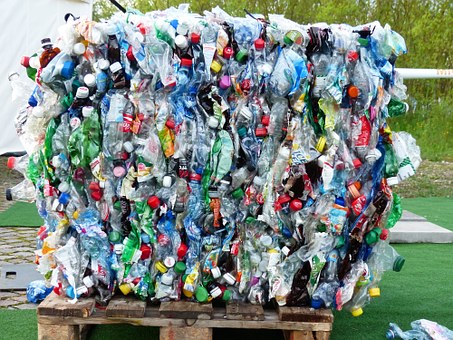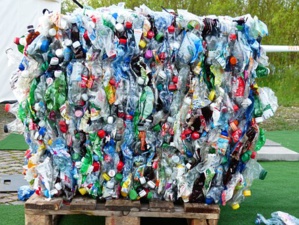Dailycsr.com – 26 January 2017 – In an attempt to comprehend the “overall flow of plastic materials” in the hospitals, the plastics mapping was created, whereby it monitors the plastic starting from its entry in the hospital right through its usage till its “exit as waste streams”.
In a hospital environment mapping the plastic flow enables one to “identify non-patient contact healthcare plastic materials” as these can be recycled easily, while these also turns out to be “the optimum points to collect these materials for recycling”.
Healthcare Plastics Recycling Council, HPRC in short, reports that:
“We have developed the Plastics Mapping Process Template to help you gather information to develop plastics waste inventories for various parts of the facility. As the information is gathered, it can be transitioned into a detailed map to show the flow of plastics throughout the hospital”.
The administration can utilise the “mapping template” for going around “various departments” in their administration and enlist the details of the materials that are “being moved into waste streams”, followed by the “opportunities for recycling in each department”.
With this information, one can “identify easy-to-collect, clean, non-infectious healthcare plastic materials” that can be recycled besides the “optimal locations” for the collection. Moreover, the said process can also allow one to kick start “assessing processes” for collecting and transferring the waste plastics materials to “a central dock-out area”.
References:
http://www.hprc.org/
In a hospital environment mapping the plastic flow enables one to “identify non-patient contact healthcare plastic materials” as these can be recycled easily, while these also turns out to be “the optimum points to collect these materials for recycling”.
Healthcare Plastics Recycling Council, HPRC in short, reports that:
“We have developed the Plastics Mapping Process Template to help you gather information to develop plastics waste inventories for various parts of the facility. As the information is gathered, it can be transitioned into a detailed map to show the flow of plastics throughout the hospital”.
The administration can utilise the “mapping template” for going around “various departments” in their administration and enlist the details of the materials that are “being moved into waste streams”, followed by the “opportunities for recycling in each department”.
With this information, one can “identify easy-to-collect, clean, non-infectious healthcare plastic materials” that can be recycled besides the “optimal locations” for the collection. Moreover, the said process can also allow one to kick start “assessing processes” for collecting and transferring the waste plastics materials to “a central dock-out area”.
References:
http://www.hprc.org/


 Hospitals Can Now Identify Waste Plastics In Their Systems For Recycling With ‘Plastics Mapping’ Tool
Hospitals Can Now Identify Waste Plastics In Their Systems For Recycling With ‘Plastics Mapping’ Tool





 Companies
Companies